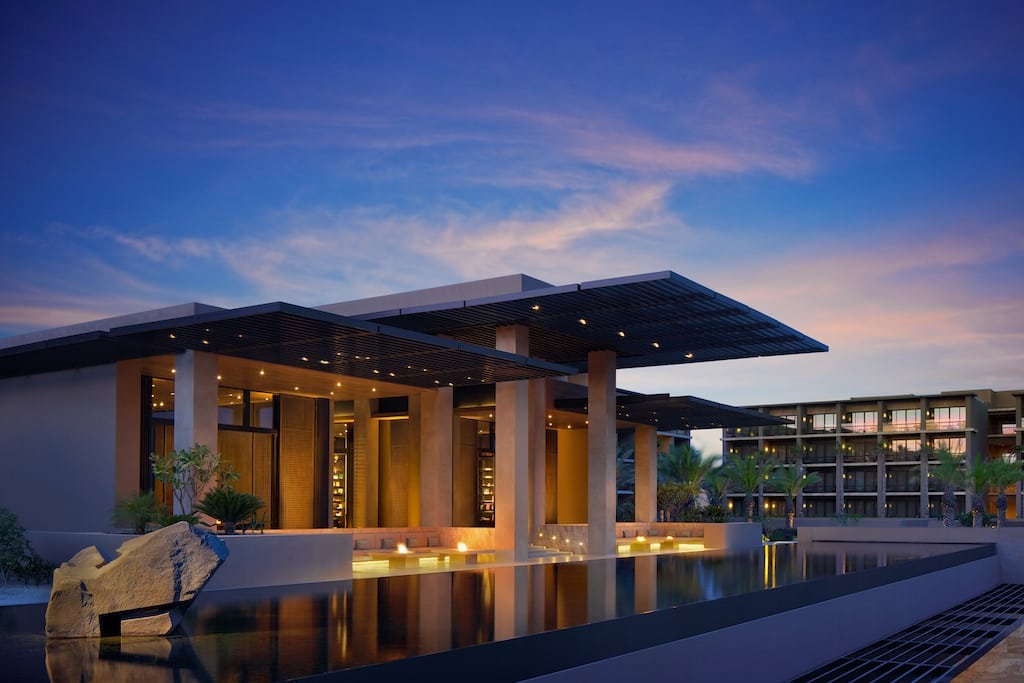Dissecting the Future of the Newly Combined Marriott and Starwood

Skift Take
It's still very early into the integration of these two massive hotel companies, but so far it's fairly clear what Marriott has in store for Starwood, even if the details have yet to be ironed out.
Just how does Marriott intend to proceed now that it owns Starwood Hotels & Resorts and has 1.6 million guest rooms spread out over 30 hotel brands worldwide? And now that it's considered the world's largest hotel company, with a much larger global, more international presence than ever before?
Those questions were on everyone's mind, especially investors, when Marriott held its third quarter 2016 earnings conference call Tuesday.
Just eight days before the close of Marriott's third quarter, the company's dramatic, long-awaited, $13.3-billion acquisition of Starwood finally closed. And with that addition to its balance sheet, Marriott's third quarter results were, predictably, a bit mixed because of $228 million in costs related to the deal, which Marriott CEO Arne Sorenson called "the most transformational transaction in the company's history."
Sorenson addressed investors' interests at the top of the call, saying, "We know you are anxious to hear much more about our integration strategy and synergy opportunities. Let us ask you for your patience. The hotel business is about details. Every market is different and every property is different. We can tell you we have reviewed and assimilated a tremendous amount of information from Starwood in the last six weeks."
And while he and his executive team were somewhat tight-lipped about the exact details of what they intend to do going forward with the integration, they did paint a clearer picture as to how they plan to proceed.
Here's what could be gleaned from their answers:
Loyalty Is Everything
CEO Sorenson hasn't been shy in stressing the absolute importance of the loyalty program in relation to this deal. At one point, after last-minute takeover bidder Anbang stepped away, Sorenson said, "The most important thing for us to succeed at [in this deal] is the loyalty program."
That statement continues to ring true, and it explains why Marriott was so eager to link its own Marriott Rewards and Ritz-Carlton Rewards programs to
